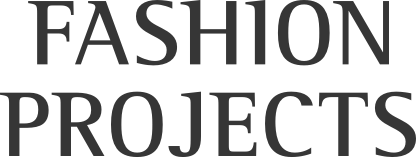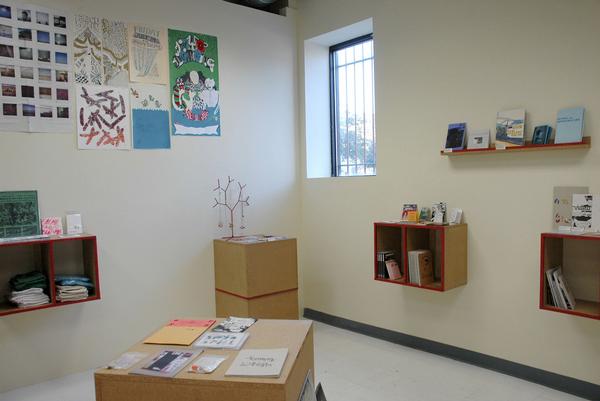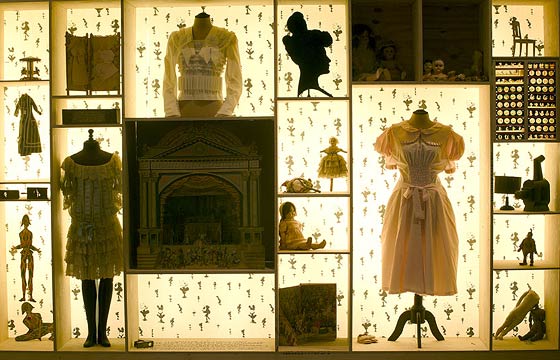Models Claire Coulter and Avis Newcomb wearing dresses by Lanvin and Chanel at 1200 Fifth Avenue, 1931.
Don’t miss the recently published book Edward Steichen In High Fashion: The Condé Nast Years, 1923-1937, which discusses and re-publishes Steichen’s fashion photography and celebrity portraits. The images—all from the Condé Nast archives—were originally published in Vanity Fair and Vogue, and illustrate Steichen’s contribution to the burgeoning field of fashion photography and celebrity portraiture. That these two fields did not sit in high regard within the fine arts and photography realms with which Steichen had been previously associated, made his choice controversial and, to some extent, unusual. However, as Tobia Bezzola—one of the book’s authors—explains, his previous work as a painter and a fine art photographer clearly informed his “commercial” work—particularly in his rendition of clothing, as well as his choice of poses for his subjects.
The lavishly illustrated book, published by W.W. Norton, developed as a result of research that curators William A. Ewing and Todd Brandow completed in the Condé Nast Archives for the exhibition “Edward Steichen: Lives in Photography.” Steichen in High Fashion undoubtedly benefits from their extensive knowledge of the photographer’s work, which allowed them to fully contextualize this aspect of Steichen’s output within the rest of his career.
Spanning a period of 15 years, it is interesting to notice how the early prints from the 1920s--featuring theater actors alongside fashion models and silent film actors--are more painterly in their softer lights and greater gradation of grays in comparison to his later works, which feature a more stark contrast of black and whites and geometric shapes. (One of the book’s authors, Carol Squiers, describes this as Steichen’s “evolution from pictorialism to modernism.”)













